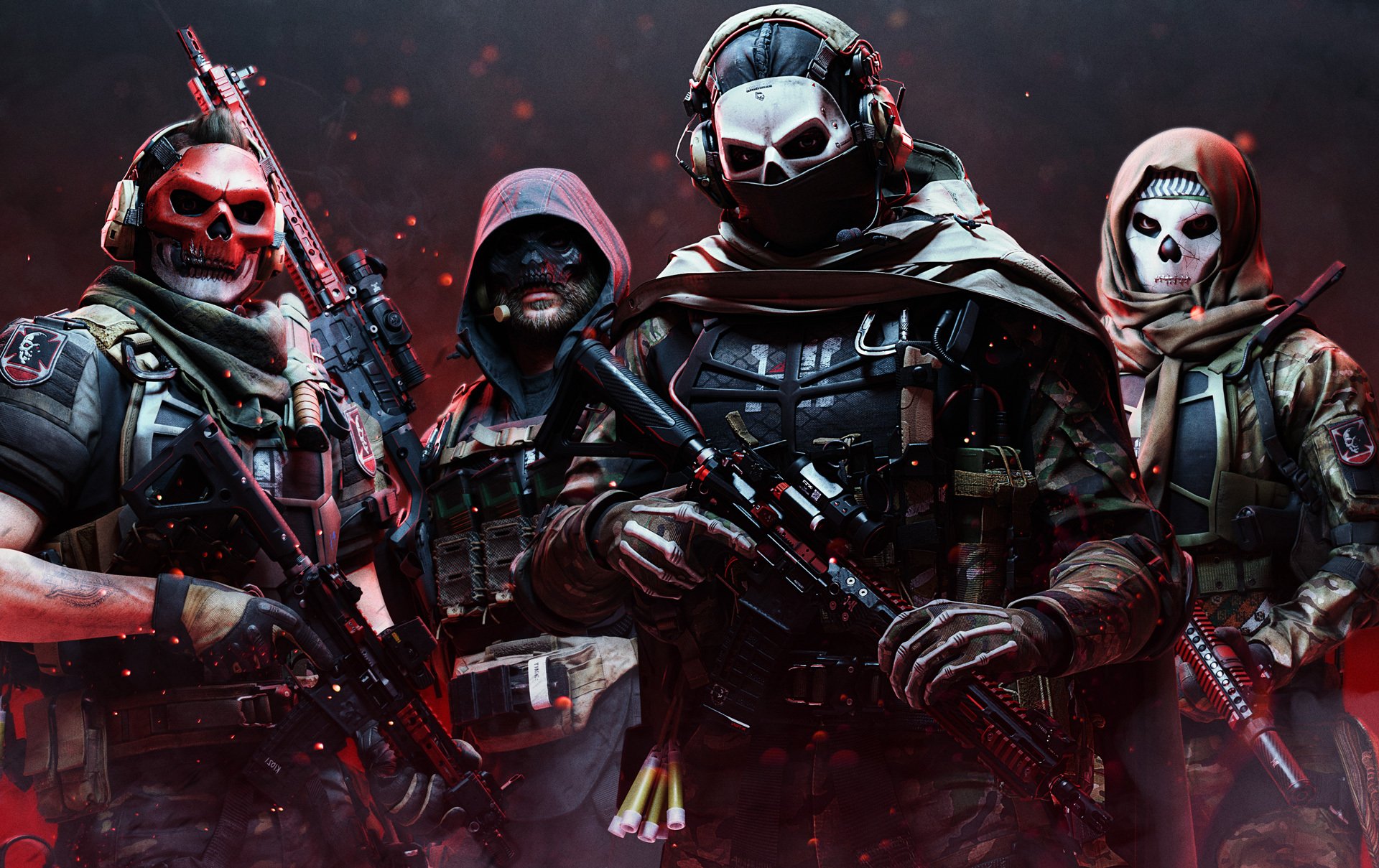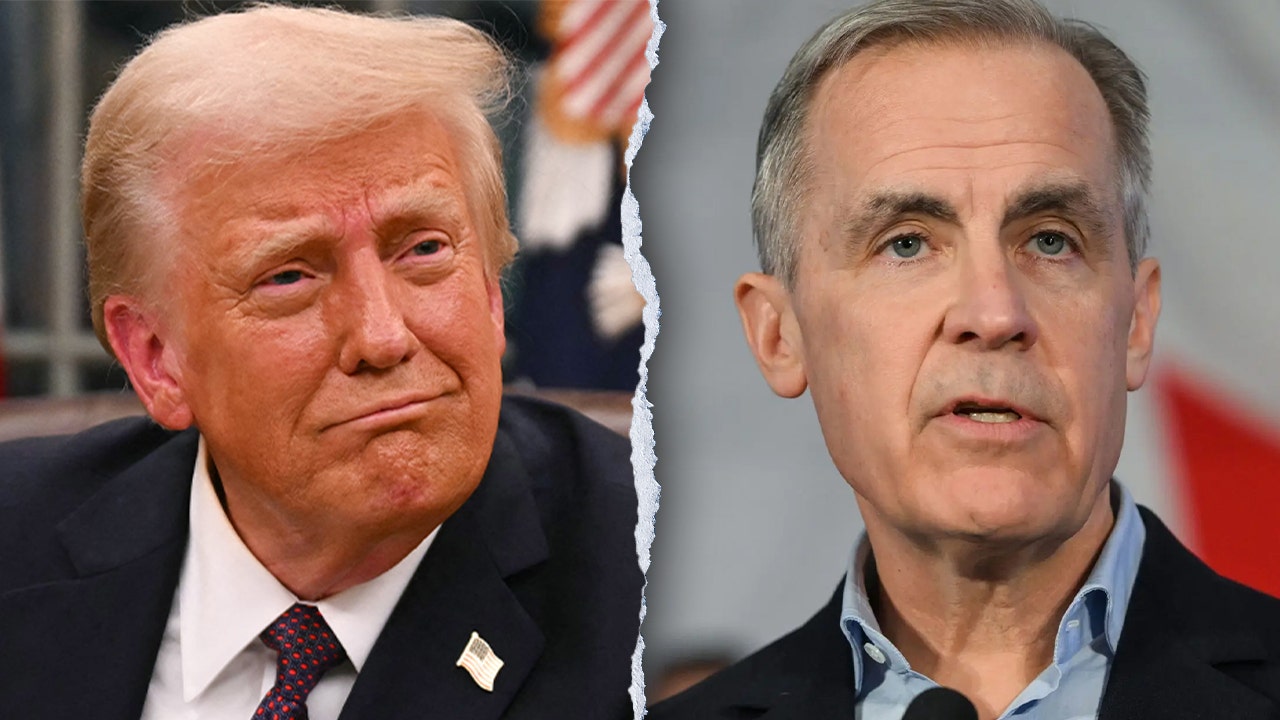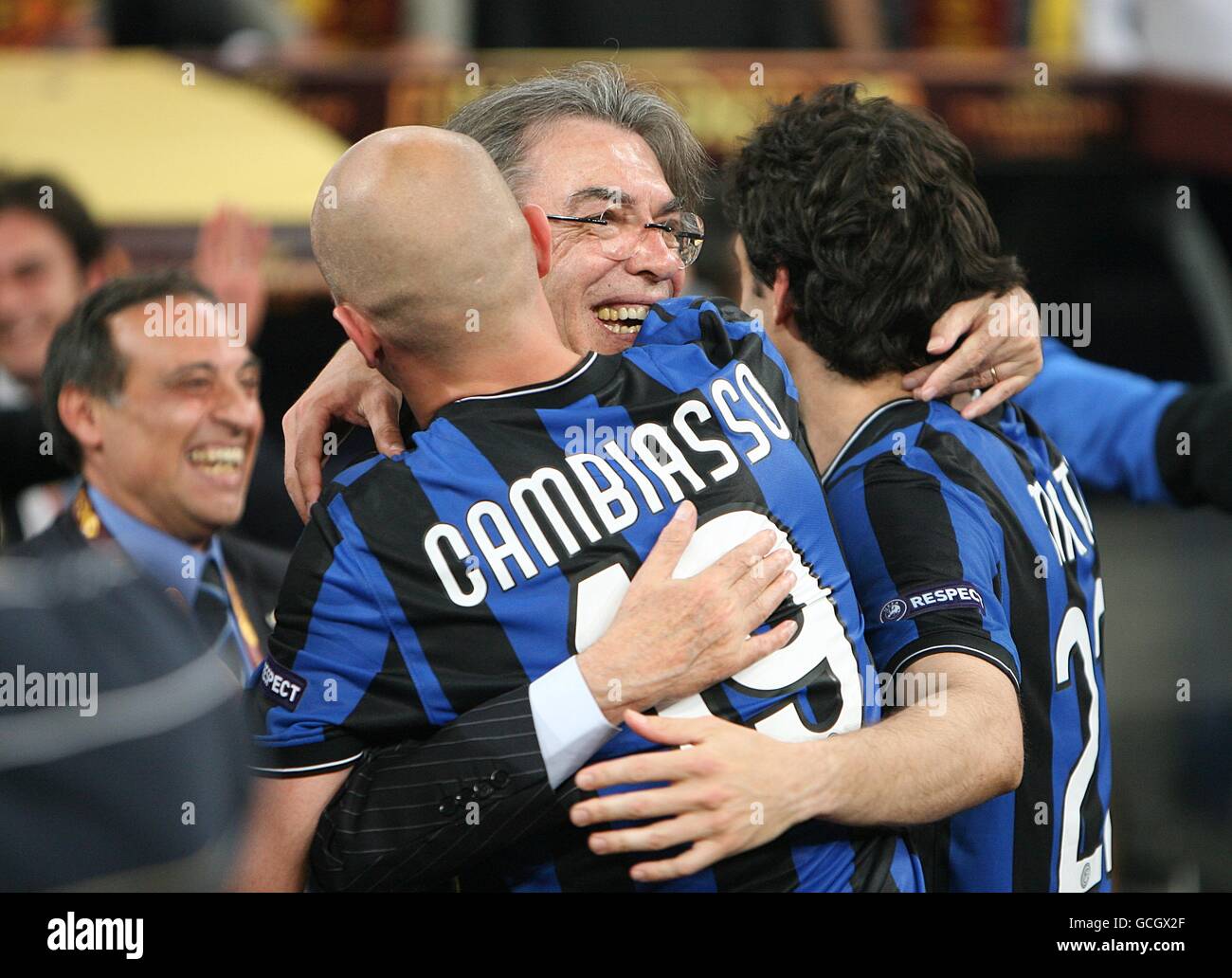Warfare: 5 Films That Perfectly Blend Action And Emotion

Table of Contents
Saving Private Ryan (1998): The Brutality and Brotherhood of War
Unflinching Depiction of Violence:
- Graphic realism
- Visceral impact
- Emotional toll on soldiers
Steven Spielberg's Saving Private Ryan isn't just a warfare film; it's a visceral experience. The opening Omaha Beach sequence is legendary for its unflinching portrayal of the horrors of war. The shaky camera work, immersive sound design, and graphic depictions of violence create an unparalleled sense of immersion, forcing the viewer to confront the brutal reality of combat. This level of realism sets the tone for the entire film and contributes significantly to its emotional impact, making it one of the most impactful warfare films ever made.
Exploring Themes of Sacrifice and Camaraderie:
- Strong bonds between soldiers
- Moral dilemmas
- The cost of war
Beyond the graphic violence, Saving Private Ryan explores the profound bonds forged between soldiers under pressure. The central mission to rescue Private Ryan becomes a crucible, testing the limits of loyalty, duty, and the very definition of sacrifice. The film doesn't shy away from the moral dilemmas faced by the soldiers, highlighting the devastating cost of war, both physically and emotionally. This exploration of brotherhood in the face of unimaginable adversity is what elevates Saving Private Ryan beyond a typical war movie and makes it a lasting piece of cinematic history in the genre of warfare films.
Apocalypse Now (1979): The Psychological Warfare of the Vietnam War
Surreal and Visceral Imagery:
- Dreamlike sequences
- Intense action scenes
- Psychological breakdown of characters
Francis Ford Coppola's Apocalypse Now is a hallucinatory journey into the heart of darkness, both literally and figuratively. The film uses surreal imagery, dreamlike sequences, and intense action scenes to depict the psychological impact of the Vietnam War. The sheer brutality of war is shown alongside the disintegration of the characters' minds, illustrating the blurring lines between reality and hallucination. This unconventional approach remains unique in the landscape of warfare films.
Exploring the Themes of Madness and Morality:
- Moral ambiguity
- Loss of innocence
- The dehumanizing effects of war
The character arc of Captain Willard, played by Martin Sheen, is a descent into madness, mirroring the psychological toll of prolonged exposure to violence. Apocalypse Now explores the moral ambiguity of war, the loss of innocence, and the dehumanizing effects of prolonged conflict. It's a powerful exploration of the psychological warfare waged not just on the battlefield, but within the minds of the soldiers themselves. This aspect sets it apart in the wider category of warfare films.
Letters from Iwo Jima (2006): A Different Perspective on Warfare
Humanizing the Enemy:
- Focus on Japanese soldiers
- Their experiences
- Motivations
Clint Eastwood's Letters from Iwo Jima offers a unique perspective on World War II, focusing on the experiences of the Japanese soldiers defending Iwo Jima. By humanizing the enemy, the film adds depth and complexity to the narrative. We see their motivations, their fears, and their unwavering loyalty to their country. This provides a counterpoint to the typical Allied perspective often seen in warfare films.
Emotional Resonance Through Personal Stories:
- Focus on individual stories
- Themes of duty, sacrifice, and survival
- Shared human experiences
The film uses personal stories and letters to create emotional resonance, emphasizing the shared human experiences of soldiers on both sides of the conflict. Despite the language barrier, the themes of duty, sacrifice, and survival transcend cultural boundaries, creating a powerful and moving cinematic experience. This unique approach makes Letters from Iwo Jima a truly exceptional and memorable warfare film.
The Hurt Locker (2008): The Intense Reality of Modern Warfare
Immersive and Realistic Portrayal:
- Focus on bomb disposal unit
- Tension, suspense
- Realistic depiction of modern warfare
The Hurt Locker offers an immersive and realistic portrayal of modern warfare, focusing on a bomb disposal unit in Iraq. The film masterfully builds tension and suspense, keeping the viewer on the edge of their seat throughout. The realistic depiction of modern warfare tactics, equipment, and the constant threat of death create a visceral and unforgettable experience. Its approach to modern warfare is extremely influential on later warfare films.
Exploring the Psychological Impact of Combat:
- PTSD
- Psychological trauma
- Emotional detachment
Beyond the action, The Hurt Locker explores the profound psychological impact of combat on soldiers. The film portrays the emotional toll of constant exposure to life-threatening situations, including the development of PTSD and emotional detachment. This nuanced portrayal adds another layer of depth to the film's already intense narrative and sets it apart from other warfare films.
Dunkirk (2017): The Power of Collective Survival in Warfare
Suspenseful and Visually Stunning:
- Focus on evacuation of Dunkirk
- Suspense
- Visually stunning cinematography
Christopher Nolan's Dunkirk is a masterclass in suspenseful filmmaking. The film uses innovative cinematography and sound design to create a sense of urgency and claustrophobia. The evacuation of Dunkirk is depicted with a breathtaking intensity, creating a truly immersive and unforgettable experience. The visually stunning cinematography adds to the overall impact, making this a noteworthy entry in the realm of warfare films.
Emphasis on Teamwork and Resilience:
- Collective effort
- Survival against the odds
- Human resilience
Dunkirk emphasizes the collective effort of soldiers, civilians, and airmen working together to achieve a common goal against overwhelming odds. The film highlights the themes of hope, survival, and the enduring human spirit. It is a testament to the power of teamwork and resilience in the face of unimaginable adversity and a powerful addition to the catalogue of warfare films.
Conclusion:
These five warfare films offer a diverse yet powerful exploration of conflict, showcasing its brutality, psychological impact, and the profound effect it has on individuals and nations. From the unflinching realism of Saving Private Ryan to the psychological intensity of Apocalypse Now and the humanizing perspective of Letters from Iwo Jima, these cinematic masterpieces demonstrate the enduring power of storytelling to explore the complexities of warfare. Whether you're a seasoned fan of warfare films or simply looking for a powerful and moving cinematic experience, these five films are a must-see. Start exploring the best examples of warfare films today!

Featured Posts
-
 Bitcoin Ile Maas Oedemesi Brezilya Nin Yeni Duezeni Ve Gelecegi
May 08, 2025
Bitcoin Ile Maas Oedemesi Brezilya Nin Yeni Duezeni Ve Gelecegi
May 08, 2025 -
 Carneys Assessment Trump A Transformational President
May 08, 2025
Carneys Assessment Trump A Transformational President
May 08, 2025 -
 Inter Milans Stunning Champions League Win Over Bayern Munich
May 08, 2025
Inter Milans Stunning Champions League Win Over Bayern Munich
May 08, 2025 -
 Gewinnzahlen Lotto 6aus49 12 April 2025 Ziehungsergebnis Ueberpruefen
May 08, 2025
Gewinnzahlen Lotto 6aus49 12 April 2025 Ziehungsergebnis Ueberpruefen
May 08, 2025 -
 Lotto Plus 1 And Lotto Plus 2 Results Winning Numbers
May 08, 2025
Lotto Plus 1 And Lotto Plus 2 Results Winning Numbers
May 08, 2025
